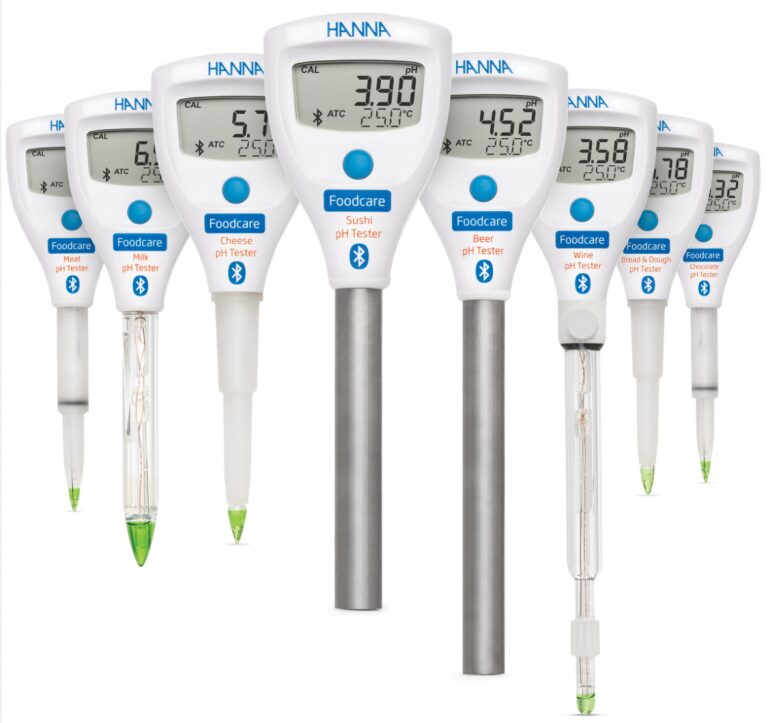Hanna Instruments pH testers - bad practices to avoid

It’s not enough to simply buy and use the pH tester as you want. There are some good and bad practices on how to use and maintain a Hanna Instruments pH tester.
But don’t worry. The usage and maintenance parts are not so difficult. Any logical person can do it.Let’s now talk about the bad practices:
1. Keeping the electrode away from moisture
Three distinct glass layers make up the detecting glass of a pH electrode: an inner, hydrated layer, and an outside, hydrated glass gel layer. The electrode's sensitivity to pH variations is provided by the hydrated layers; if the electrode is dried out, its sensitivity is significantly diminished.
Inaccurate readings, sluggish reaction times, and shifting pH levels result from this. Fortunately, by immersing the bulb and junction in a pH storage solution for at least one hour, you can usually restore a dried-out electrode. You can then calibrate the electrode and resume testing after that.
2.Cleaning the detecting glass
Your meter receives a voltage from an electrode that is dependent on the pH of the sample it is immersed in. Cleaning the pH glass may result in a static charge that taints the electrode's voltage readout. The pH value that the voltage is regarded as is also thrown off when the voltage readout is incorrect. Furthermore, the hydrated layer of glass that you have diligently developed through appropriate storage is disrupted.
Just clean the electrode with deionized or distilled water rather than wiping the electrode sensing glass.
3.Electrode storage in deionized water
Another common error made while keeping your pH electrode is to use pure water (such as deionized, distilled, or reverse osmosis).
There are almost no ions in deionized water, but there are plenty of ions in the pH electrode—both in the hydrated part of the pH sensor glass and the filling solution. The ions in an electrode will try to migrate out into the solution when it is submerged in an ion-free solution in an effort to create equilibrium. Most of the ions will eventually leave the electrode, making it ineffective. Additionally, the glass will break down far more quickly, resulting in shorter electrode lifespans.
Remove any electrode you come across that is kept in distilled or deionized water right away. Replace the fill solution if the electrode can be filled again. After changing the fill solution, calibrate and store the electrode in the storage solution.
4.Failing to clean the electrode
Accurate pH measurements can only be obtained by cleaning in addition to calibrating. This occurs as a result of deposits coating the detecting glass on the electrode. Consequently, you will not be measuring the sample alone, but the deposits as well.
Unclean electrodes might also result in a delayed response time. Even if the value seems fixed, it's actually drifting very slowly to the true value; you might even record it at that point. There could be an extremely tiny layer of scale or grease on the electrode, even if it looks clean.
5.Utilizing a worn-out or expired electrode
The glass's sensor part will deteriorate and lose some of its original responsiveness as electrodes age. Your electrode will eventually cease reacting appropriately to pH variations.
When electrodes are operating correctly, there are specific numbers connected to them. Two well-known measures that you can use to gauge the performance of your electrode are slope and offset. It is possible to ascertain these figures during calibration.
Sometimes, no matter how hard you try, the electrode just doesn't work the way you want it to. It may be time to replace the electrode if it is old.
Okay.
Now that you know some of the bad practices, are you ready to take your pH testing game to the next level?
It’s easy really.
If you need, you can buy your own Hanna Instruments pH tester (from a wide selection) from our web store here - Hanna pH testers!
Good measuring and good day!